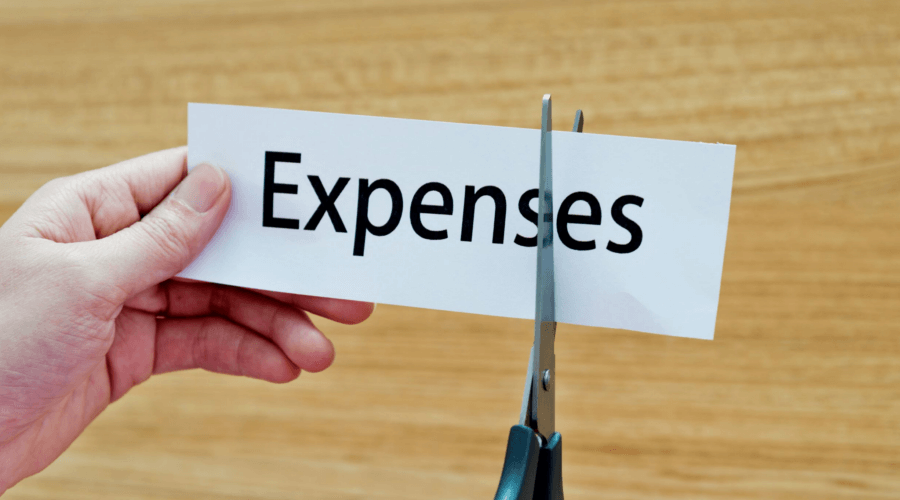Reducing unnecessary expenses doesn’t mean sacrificing your quality of life. Instead, it’s about identifying wasteful spending and redirecting those funds toward more meaningful goals like saving, investing, or enjoying life’s true essentials. Here are 10 actionable strategies to cut expenses and keep more money in your pocket.
1. Cancel Unused Subscriptions
Many people unknowingly pay for subscriptions they rarely use. Review your bank and credit card statements for:
- Streaming services you rarely watch.
- Gym memberships you haven’t used in months.
- Apps or software with ongoing fees.
Quick Tip: Use subscription-tracking apps like Truebill or Mint to identify and cancel these charges easily.
2. Cook at Home
Eating out or ordering in can significantly inflate your monthly budget. Cooking at home saves money and allows you to eat healthier.
- Meal Plan: Create a weekly menu to avoid impulse purchases.
- Batch Cook: Prepare meals in bulk to save time and reduce waste.
Savings Insight: Preparing meals at home costs about 50% less than dining out.
3. Negotiate Bills
Many recurring expenses, such as internet, cable, or insurance, can be reduced by negotiation.
- Call your service provider and ask for promotions or discounts.
- Consider switching to competitors offering better rates.
Pro Tip: Services like Billshark or Trim can negotiate bills on your behalf.
4. Cut Energy Costs
Simple adjustments can reduce your utility bills without affecting your comfort.
- Use energy-efficient appliances.
- Seal windows and doors to prevent heat loss.
- Switch to LED bulbs, which use 75% less energy.
Bonus: Many utility companies offer rebates for energy-efficient upgrades.
5. Shop Smarter
When shopping for groceries, clothing, or household items, adopt these money-saving strategies:
- Look for sales and use coupons.
- Buy generic or store-brand products.
- Use cashback apps like Rakuten or Ibotta.
Quick Win: Create a list before shopping to avoid impulse buys.
6. Opt for Free Entertainment
Entertainment doesn’t have to break the bank. Explore cost-free options:
- Visit local parks, museums, or community events.
- Borrow books, movies, or games from the library.
- Organize a game or movie night at home.
Surprising Fact: Many cities offer free cultural events or discounted admission days.
7. Automate Savings
Set up automatic transfers to your savings account on payday. This method:
- Reduces the temptation to overspend.
- Ensures consistent savings growth.
Pro Tip: Even $20 a week adds up to over $1,000 a year!
8. Avoid Brand Loyalty
Switching brands for everyday purchases can result in significant savings.
- Compare prices on items like cleaning supplies, beauty products, and food staples.
- Experiment with generic options; they’re often just as good as name brands.
Savings Insight: Generic medicines, for instance, can cost up to 85% less than branded ones.
9. Use Public Transportation
Driving a car comes with hidden costs like gas, maintenance, and insurance. Public transportation or carpooling can save you hundreds per month.
- Use ride-sharing apps like Waze Carpool.
- Invest in a monthly public transit pass if it’s available in your area.
Eco-Bonus: Reducing car usage lowers your carbon footprint too!
10. Set Spending Limits
Create a realistic budget and stick to it. Use budgeting tools like You Need a Budget (YNAB) or Mint to track your expenses.
- Allocate specific amounts for discretionary spending.
- Review your budget monthly to adjust as needed.
Key Rule: Follow the 50/30/20 rule – 50% for needs, 30% for wants, and 20% for savings or debt repayment.
Why Cutting Expenses Matters
Reducing unnecessary spending not only helps you save more but also gives you financial flexibility. Whether it’s building an emergency fund, paying off debt, or investing in your future, every dollar saved can bring you closer to your goals.
Start with these quick, actionable tips and watch your financial health improve without compromising your lifestyle.

